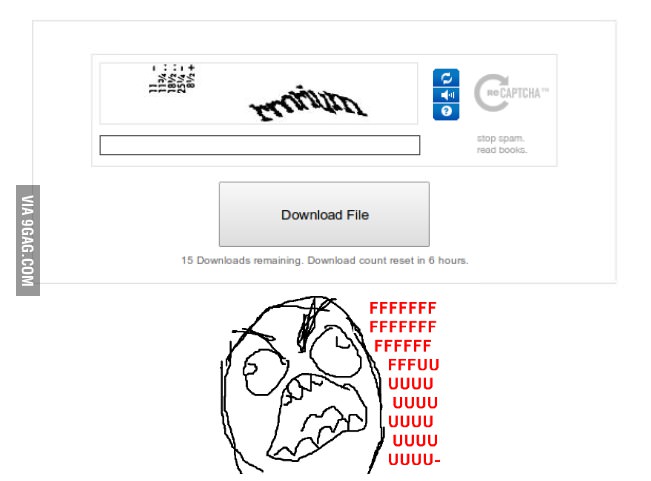Optimise your website through the science of A/B Testing
A/B tests can be a valuable component to any brand’s marketing strategy — when used properly. Not only does it provide insight into your target audience, but will yield better conversion rates and ultimately, improve sales. A/B testing takes the guesswork out of website optimisation and provides measureable data to validate whether or not any new change or addition will improve a website. And while this practice is becoming more commonplace, many still don’t incorporate it into their strategy. Whether you don’t understand what A/B testing is, are unsure of the benefits it can have for your company or believe you are an omniscient, marketing god among us (blasphemer!), it might be time that someone took you back to school.
A/B testing belongs to a category of Scientific Optimisation techniques in which statistics are used to increase the odds that your site-visitors see the best performing version of a page possible. Now before I scare you off, this is a pretty basic method of testing. Take a trip down memory lane to your “Introduction to Science” class. Remember the experiment where you tested various substances on plants to see which best supported their growth? Each was subjected to a different condition apart from one (the control), which had no additives, and, in the end, the difference in height proved which substance, if any, performed the best.

A/B testing (often called split-testing) is very similar. You have two designs of a website, A and B. Let’s say website A is the original version, or the control. Website B is then created and the two are split amongst your website traffic and their performance is then measured using whatever metrics you care about (conversion rate, sales, bounce rate, etc.). Whichever version rates the highest in the end, becomes the new control.
Seems easy, but it is still possible to oversimplify a simple concept. If you are creating two pages to test and, for example, only change the colour of the heading, button or the title text of one, you are not capitalising on all the benefits split testing has to offer. Chris Lema of Emphasys Software helps to put the theory of A/B testing into perspective, “The best way to create alternative designs is to create alternative theories of the prospect, which is why I think of split testing as hypotheses testing.”
Imagine you are designing a landing page for a cruise line. You might have a few different hypotheses about how to attract a potential client:
1. The client cares most about price. They want a deal.
2. The client cares most about destination. They’re looking for something exotic.
3. The client can only travel at a specific time and wants to know what is available.
Three different landing pages are designed based on each hypothesis. One highlighting deals or promotions on offer, one showcasing distant and exotic ports of call and one focused around an active calendar displaying what packages are available and when. Now we split these page variations amongst your website traffic which will show the percentage of conversions garnered from each one. Based on the results derived from your experiment, you can easily pick the optimal page to launch with.
So you see, A/B testing can be incredibly profitable for any company or business. You can use split testing on websites, or email campaigns to increase product sales, generate more leads or ensure your audience solves their technical support issues faster. Class dismissed!
If you are looking to fine-tune your website and want some expert advice, contact us! p: 09 950 2140













